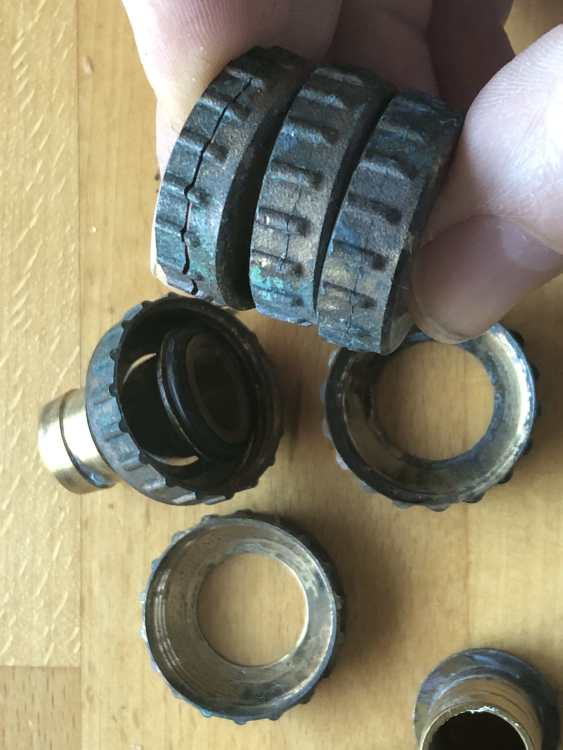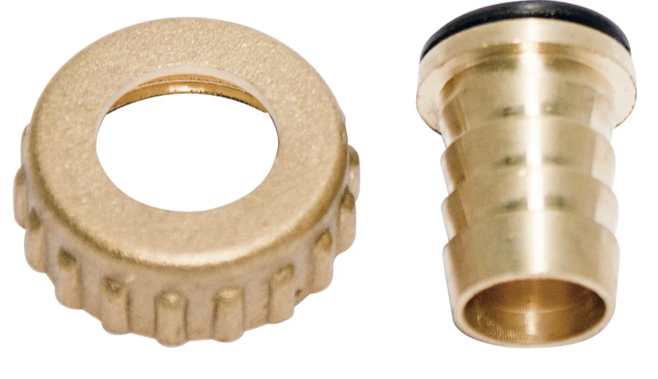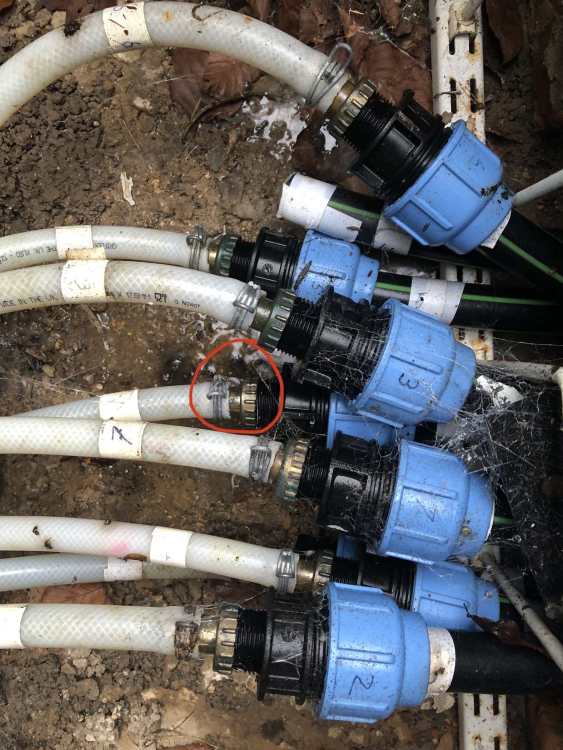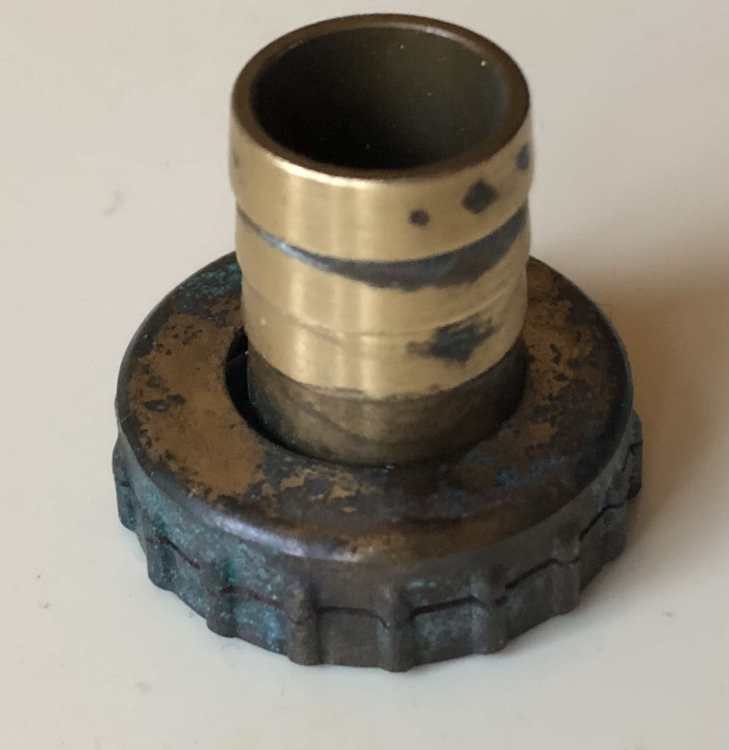
RobLe
Members-
Posts
229 -
Joined
-
Last visited
Personal Information
-
Location
Cambridge
Recent Profile Visitors
The recent visitors block is disabled and is not being shown to other users.
RobLe's Achievements

Regular Member (4/5)
64
Reputation
-
The below U-Vacua works out around £75/m2 from digikey - I think they’re expecting to sell to fridge freezer type applications rather than construction tbh. Centre panel lambda =0.002W/mK, 10x better than PUR, the one linked is just 15mm thick. I guess need to be super careful about construction, to make sure it doesn’t and can’t get punctured. https://www.digikey.co.uk/en/products/detail/panasonic-industrial-devices-fbd/cnrzzb98400/9558509
-
I’m impressed, required insulation values are pretty good these days - that’s a big house for a 5kW heatpump. How confident are you that the insulation and airtightness will be done right? Is there an airtightness test, and consequences if not met? Who checks thermal stuff is done right? Any guarantees kick in if the heatloss actually is double the design value?
-
Shade is fantastic for keeping lofts cooler - a free unsung advantage of PV! Roof tiles can get to 50C+ quite easily in the sun otherwise, but will just be at ambient air temp if shaded. I totally agree about the decrement delay - so a better roof construction in available space would be be: tiles with well ventilated air gap behind (ridge and soffit vents), celotex type insulation with good air tightness, three layers of plasterboard.
-
We used to have one, had a regular wood stove put in 15 years ago, it is more efficicient. In retrospect though a bit of a waste, we hardly use it. Anyway, the underground bucket bit was removed, hole filled in, tiled over. The brick opening was widened out, and a new lintel put in, single lining and the woodstove. The baxi had air vents on both sides of the house that ran through the slab I think, into the old baxi system - seemed like a source of heatloss to me, so I filled both of them in. Since then we’ve had EWI around the house, the chimney bit with rockwool just in case. I expect the thermal bridge of the woodstove chimney loses more heat over the year than we get out of the wood we ocaisionally burn. Ah but Mrs Robl likes the ambience, so it is all worthwhile:-)
-
ASHP + Solar PV + Battery - Choices
RobLe replied to Diarmid's topic in Air Source Heat Pumps (ASHP)
Re the battery size: For comparison we are an all electric house, and use 2000kWh of electric/year for house and hot water heating (via a heatpump). I think you’ll be similar or slightly higher than us. We have a 15kWh home battery, it copes for all but 5-10 days a year, on those days we have to import a few kWh of expensive electric, the rest of the time we’re on IOG electric. -
Of the eight 3/4“ hose tails for our gshp groundloop connections, two had completely failed within three years, and four were showing visible signs of a crack forming. They’re all replaced with plastic now 🤞🏽
-
Uhhhh, it happened again the other day. That is, another brass coupler cracked for no obvious reason (which I guess means fatigue failure after 3 years of 15C ish hourly temperature cycling), a litre or two of water+(non toxic) glycol came out, and the heatpump stopped. Took me a day to notice (there’s lots of insulation at our house), Mrs RobL didn’t notice at all (even tho she’s sensitive to the 🥶 ). I had already bought enough of the plastic 6bar rated fittings, so I’ll change them all over this weekend rather than one at a time as they fail…
-
(ASHP-based) Hot water tank gets cold surprisingly quick
RobLe replied to puntloos's topic in Boilers & Hot Water Tanks
That’s a big tank! We heat our 220l tank at night with gshp to 50C, then for 30 minutes with a 60C immersion cutout just at the top - again at night, all in the ‘go’ time. Used to do the immersion once a week, but that 50C drops - and Mrs Robl starts the day happy when the water is super hot, never really noticed myself. Some battles are not worth fighting 🤗 -
I think BTU is just used for heat energy, and it does have one advantage - its a quantity not a rate as kW is. So BTU avoids the ‘rate trap’ that kW gets people into, persuading them to use kW/h. Having said that, a bit of Googling shows btu and btu/h being used interchangeably, oh well. So those rads at 50C could produce 4.6kW if on at 50C, which would heat two of our home on a cold day. As others have indicated, there’s still more to it: what’s the U value of all the walls, floor(ok 100mm celotex), glazing, and what is the heat source hence temp (gas/heatpump) ? If it’s all new spec and gas heated, then almost certainly yes. But we would all aspire to a heatpump one day…
-
I think that's a fair assessment - for a straight gas/oil -> ashp swap, the running costs are similar. And changing a functioning heating system is somewhat of a risk. There are ways to improve matters though which you cannot do with gas/oil; if you have a house with PV, you get some cheaper electricity effectively. If you've a low heating requirement, then getting rid of the gas standing charge is noticeable. There are lots of time-of-use tariffs now that allow for something more creative - especially if your house has a long thermal time constant. Our house rises or falls about 1degC/day in winter with/without the heating on, so it would be possible to turn off the heating at certain times of day without noticing. If you have an elec car, you could get intelligent Octopus Go, giving extra cheap timeslots which also allow cheap heatpump operation - I expect more of this to occur in future, using heating as a cheap "battery" when the wind blows. And of course the battery option - there's differing opinions about whether it "pays for itself" yet - but there's no doubt in my mind that battery prices will continue to fall.
-
Thanks for link, expect I’ll get some. For now I used one of the other brass ones as it was easy to get, but I’ll get pressure rated ones - it’s annoying when stuff breaks. The outdoor ground loops and the indoor rad system both have header tanks - so there’s no pressure to speak of by the way. I’ve been running with 3 groundloops for a couple of days rather than the usual 4, the system has to try a bit harder and the heating COP dropped from 4 to 3.7. This is the worst time of year for the cop - the ground is cold, even though the air is starting to get warmer.
-
Found this alternative part: And this is a new picture of the original: Will the top one be any stronger? It cost a little bit more, maybe that helps🤔
-
Any idea why this bust yesterday? The picture shows where the gshp groundloop pipe converts to thinner pipe so I could easily connect them at a manifold. One of the 3/4” bsp to hose tail brass converters has now a crack in it - It’d been there for 3 years, never moved, probably cycles between -5C and 5C every hour with glycol+tap water, and suddenly broke - why? I added a zoom in as well, the crack is almost all the way around. Am I too strong ?😁 Will the others fail?
-
I think at least one drain hole is needed to vent to outdoor air that is usually lower absolute humidity than indoor air.
-
I think there should be an air gap all the way around the double glazing seal(the one built into the sealed units) and that air gap should vent outside at the lowest point. It’s both to vent liquid water that gets in, and to ensure that you don’t get condensation on the dg seal that will eventually make the dg unit fail. It’s true for all dg windows as far as I know.







